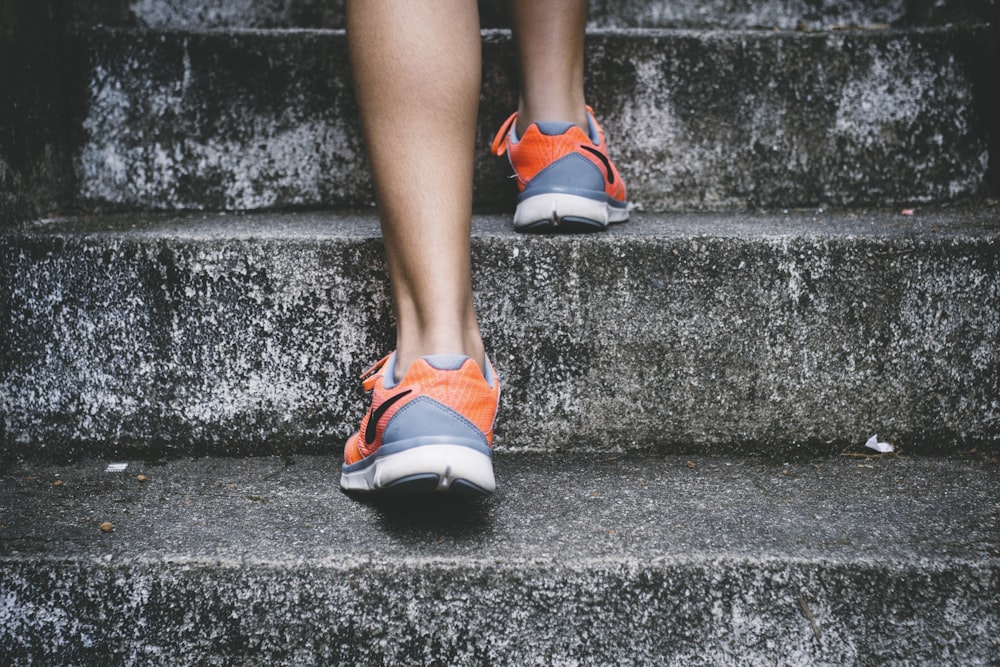目次
THA後の運動療法でも課題志向型トレーニングが有効?
脳卒中片麻痺に対するリハビリテーションにおいては課題志向型トレーニングの有用性に関する高いエビデンスが示されております.
運動器疾患においては課題志向型トレーニングという用語が用いられる機会は少ないのですが運動器疾患に対する課題志向型トレーニングというのはどうなのでしょうか?
今回はTHA例に対する課題志向型トレーニングの有効性を考えるうえで参考になる論文をご紹介させていただきます.

今回ご紹介する論文
Randomized Controlled Trial J Back Musculoskelet Rehabil. 2023;36(4):947-955. doi: 10.3233/BMR-220340.
Randomized controlled trial to compare conventional physiotherapy with task-oriented exercises after total hip replacement
Vilma Dudoniene 1, Andrė Adomaitytė 1, Laura Žlibinaitė 2
Affiliations expand
PMID: 37248880 DOI: 10.3233/BMR-220340
今回ご紹介する論文は2023年に掲載された論文です.
研究の背景
Background: Different interventions are used during rehabilitation after hip replacement surgery, but it is unclear if task-oriented exercise is more effective than conventional physiotherapy.
人工股関節置換術後のリハビリテーションでは様々な介入が行われておりますが,課題指向型トレーニングが従来の理学療法よりも効果的であるかどうかは不明であります.
研究の目的
Objective: This study compared the effectiveness of conventional physiotherapy (CPT) programme with task-oriented exercise (TOE) on hip pain, function, static and dynamic balance during the early rehabilitation stage after total hip replacement.
この研究では人工股関節全置換術後の早期リハビリテーションにおいて,股関節の疼痛,股関節機能,静的・動的バランスに対する従来の理学療法(CPT)プログラムと課題指向型運動(TOE)の効果を比較することを目的としております.
研究の方法
Methods: This randomized controlled parallel-group trial was executed in an inpatient physical medicine and rehabilitation centre. The study included 40 patients who were randomly classified into CPT and TOE groups (n= 20 in each). Hip pain (assessed by visual analogue scale), function in the operated leg (assessed by modified Harris Hip Score, mHHS), static balance (assessed by Abili Balance analyser system) and dynamic balance (assessed by Berg Balance Scale) were evaluated at baseline and after 18 days of rehabilitation. Cohen’s effect size (d) was calculated.
このランダム化比較対照試験では入院中の理学療法・リハビリテーションセンターで実施されております.
無作為に従来の理学療法群と課題指向型トレーニング群に分類した40例を対象としております(各群20例).
股関節痛(visual analogue scaleによる評価),術側下肢の機能(modified Harris Hip Score, mHHSによる評価),静的バランス(Abili Balance analyser systemによる評価),動的バランス(Berg Balance Scaleによる評価)がベースライン時とリハビリテーション18日後に評価されております.
またCohenの効果量(d)も算出されております.
研究の結果
Results: Greater pain reduction (p< 0.05; d= 0.08) was observed after TOE (1.6 ± 0.68 scores) compared with the CPT programme (2.2 ± 0.83 scores). Hip function assessed by the modified mHHS improved more (p< 0.05; d= 0.30) in the TOE group (73.45 ± 6.23 scores) than in the CPT group (54.90 ± 6.28 scores). Static balance improved significantly in both groups after the interventions but did not differ significantly between the groups. The improvement in dynamic balance was significantly greater (p< 0.05; d= 0.45) after TOE (50.55 ± 1.57 scores) than after CPT (38.55 ± 3.43 scores).
従来の理学療法プログラム(2.2±0.83点)と比較して,課題指向型運動(1.6±0.68点)では,より大きな痛みの軽減(p<0.05;d=0.08)が観察されました.
修正mHHSで評価した股関節機能は,従来の理学療法群(54.90±6.28点)に比較して課題指向型トレーニング群(73.45±6.23点)でより改善しました(p< 0.05; d= 0.30).
介入後,静的バランスは両群で有意に改善しましたが,群間で有意差はありませんでした.
動的バランスの改善は従来の理学療法群(38.55±3.43点)よりも課題指向型トレーニング群(50.55±1.57点)の方が有意に大きい結果でありました(p<0.05;d=0.45).
研究の結論
Conclusion: Both interventions reduced pain and improved function of the operated leg and static and dynamic balance. The effect on hip function was superior for TOE compared with CPT.
どちらの介入も疼痛を軽減し術側下肢の機能および静的・動的バランスを改善しました.
股関節機能に対する効果は従来の理学療法と比較して課題指向型トレーニングの方が優れておりました.
今回はTHA例に対する課題志向型トレーニングの有効性を考えるうえで参考になる論文をご紹介させていただきました.
運動器疾患においても運動学習の側面から考えるとやはり課題志向型トレーニングが有効だということですね.
ただただ意味の無い課題を繰り返すことが課題志向型トレーニングではありませんので,症例に応じた課題を設定して繰り返してトレーニングを行うことが重要なのでしょうね.






